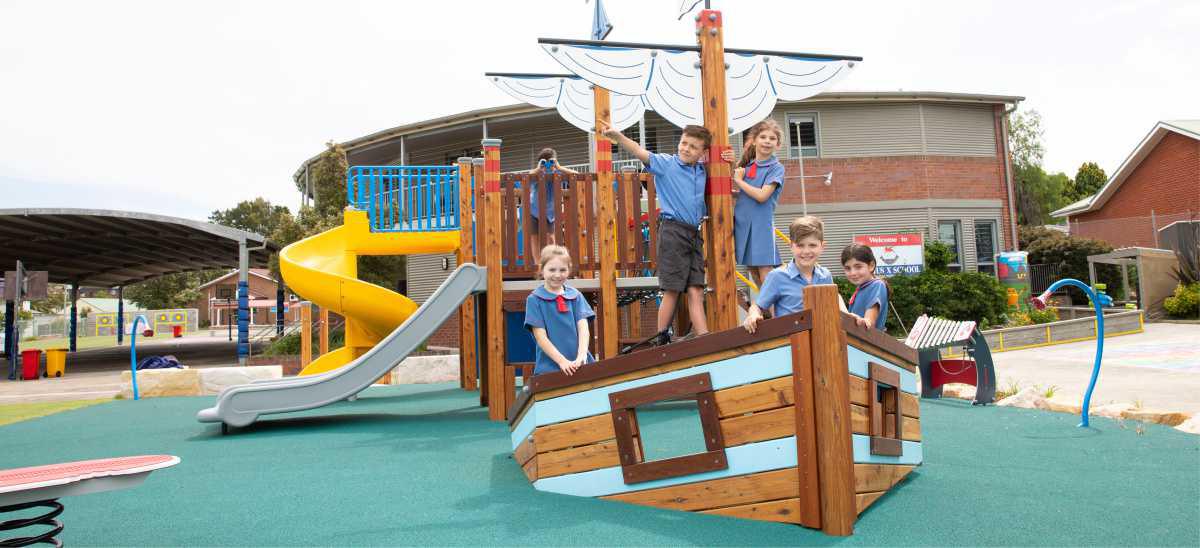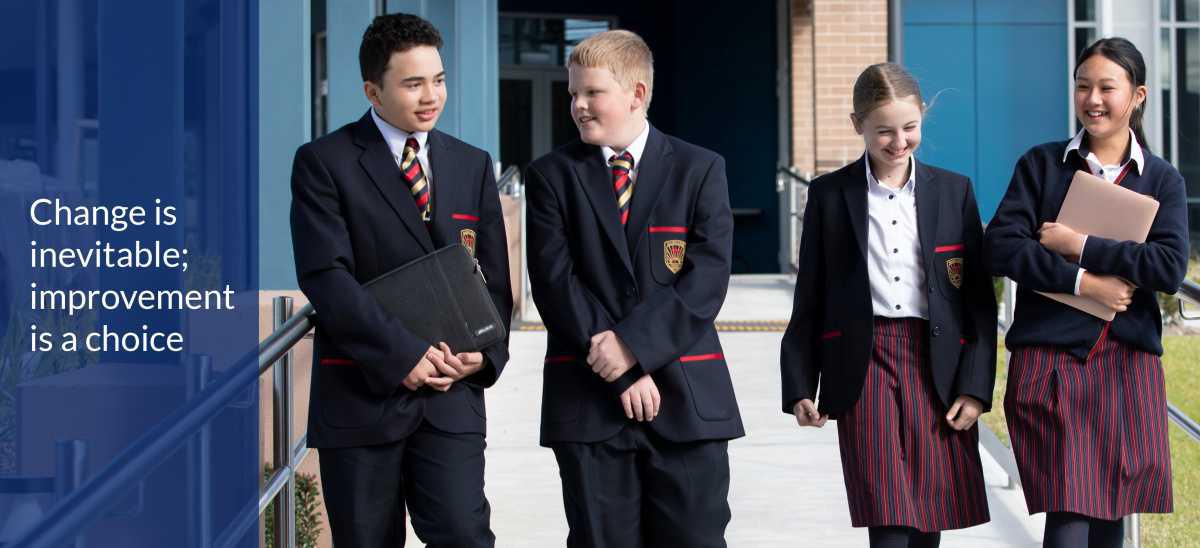Every organisation, like a ship on a journey, needs to know its destination. The journey is continually defined by changing conditions, the needs of the crew, and obstacles encountered on the route. But as long as everyone knows where they are headed and works together, they'll find a way to stay on course.
Our strategy to embed connected autonomy is how we’ll drive and enable system-wide improvement. But to ensure each of our schools—and every Cathoic Education Office (CEO) team working to support them—is clear on what our system aims to achieve, we have identified five focus areas that demand our attention at this point in time. They were chosen based on what is happening around us, what we anticipate will happen in the future, and what we heard from the thousands of students, staff, teachers, parents, carers and clergy who shared their voices with us during the development of this plan.
Our five focus areas describe where our system will concentrate right now, so that we can respond effectively to the needs of school communities and the opportunities and challenges before us. They include:
- Formation in the Catholic tradition
- Student learning and wellbeing
- Belonging in a connected community
- System support for the core work of teaching
- Ensuring Catholic schools continue to thrive
Each focus area contains several outcomes. Our progress against these outcomes will be measured by a number of improvement indicators that reflect the positive change we expect to see as strategic initiatives are delivered. More information about outcomes, improvement indicators and initiatives can be found in the glossary of key terms.
A strategic plan that is always up to date
In recognition of the dynamic environment in which our schools operate, we have chosen not to confine our improvement intentions to a set time period. Instead, this plan will change as we do, evolving to reflect the emerging needs, opportunities and challenges before us, while maintaining a relentless focus on driving improvement in our focus areas and core mission.
Our willingness to adjust course doesn’t mean we’ll avoid making long-term decisions or lose sight of our destination. The initiatives we undertake in response to our focus areas will span a wide range of timeframes. Some will be delivered in months, others in years. Some may not bear their full fruit for a decade or more. But by continually emphasising where we want to be, we give ourselves permission to learn, innovate and adapt to changing circumstances, so that we can deliver the best possible outcomes for our students, staff and school communities.
Change is inevitable; improvement is a choice
This plan does not prescribe what each school will do. Instead, it articulates with precision our strategic approach (connected autonomy) and the strategic focus for our community of schools (our five focus areas), and sets clear and measurable outcomes that describe the improvement we want to achieve. Every school will have unique ways of contributing to the achievement of these outcomes, through incremental change and major initiatives set out in their Continuous Catholic School Improvement plans.
At the same time, the CEO will continue to monitor system performance, coordinate and drive system-wide programs to shift performance, remove obstacles that impede improvement, and provide tailored support to schools when they need it.
Working together as bearers of Christ’s love—clear on our improvement agenda and flexible enough to respond to emerging needs, opportunities and challenges—we will continue to improve, ensuring more students have the opportunity to reach their learning potential, develop their full self, and build a deep and personal relationship with God and the Church.
For a visual summary of this plan, please view the LTW Strategy Map.



